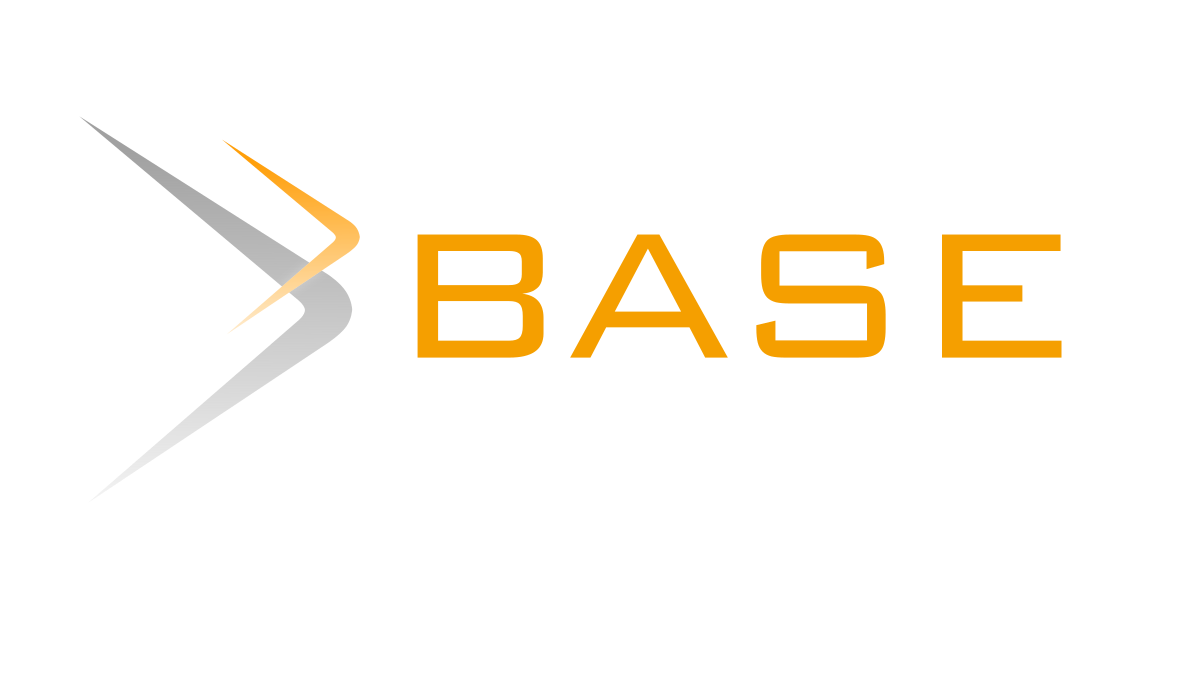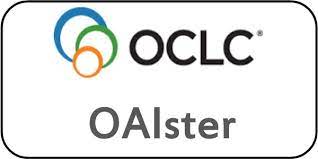Practice Patterns of Usage of Glimepiride and Metformin FDC Along with Other OADs: A New Age Approach to Diabetes Management in Indians
DOI:
https://doi.org/10.59793/1p03cf62Keywords:
Type 2 diabetes mellitus,, OADs,, glimepiride,, metformin,, metformin, glycemic control,, HbA1cAbstract
Diabetes is a progressive disease managed by different oral antidiabetic drugs
(OADs) with or without glimepiride/metformin. As diabetes continues to be a significant health
concern in India, novel therapeutic strategies are essential to effectively control the disease and
improve patient outcomes. New drugs like sodium-glucose cotransporter-2 inhibitors (SGLT2i)
and dipeptidyl peptidase-4 inhibitors (DPP-4i) have intermediate efficacy. Understanding
clinicians’ prescription patterns is crucial for optimizing treatment strategies for better long-
term type 2 diabetes mellitus (T2DM) control. Methods: This was a retrospective, multicenter,
observational case-based questionnaire study on T2DM patients undergoing pharmacotherapy. It
aimed to collect data on clinical utilization patterns of glimepiride and metformin FDC (fixed-dose
combination) with other OADs and comorbidities. The study included responses from 500 health
care professionals (HCPs) across India. Statistical analysis was performed using SPSS® Version 23.0
software. Independent t-test was used to compare the change in fasting plasma glucose (FPG),
postprandial plasma glucose (PPG), and glycated hemoglobin (HbA1c) between two groups and
Fisher’s exact and Chi-square tests were used to compare categorical variables. P-value <0.05 was
considered statistically significant. Results: The study analysis included responses from 500 HCPs.
It showed that 6,250 patients received glimepiride/metformin FDC. The HbA1c was found to be
8.81% before treatment, which decreased to 7.75% after treatment. Among the 6,250 patients, 1,704
patients also recieved other OADs, where some patients recieved more thn one OADs. DPP4i was
prescribed the most (1,064 patients followed by sodium-glucose cotransporter 2 inhibitors (SGLT2i)
(573 patients), pioglitazone (229 patients), alpha-glucosidase inhibitor (AGI) (207 patients), insulin
(178 patients), and lastly glucagon-like peptide 1 receptor agonist (GLP1RA) being prescribed in
35 patients along with the combination. Hypoglycemia was observed in very few patients (4.49%).
Hypertension was the most prevalent (60.5%) comorbidity in the studied patient population.
Conclusion: Use of glimepiride and metformin FDC along with other OADs offer optimized
glycemic control, promote weight loss, and help to reduce complications in patients with T2DM.










